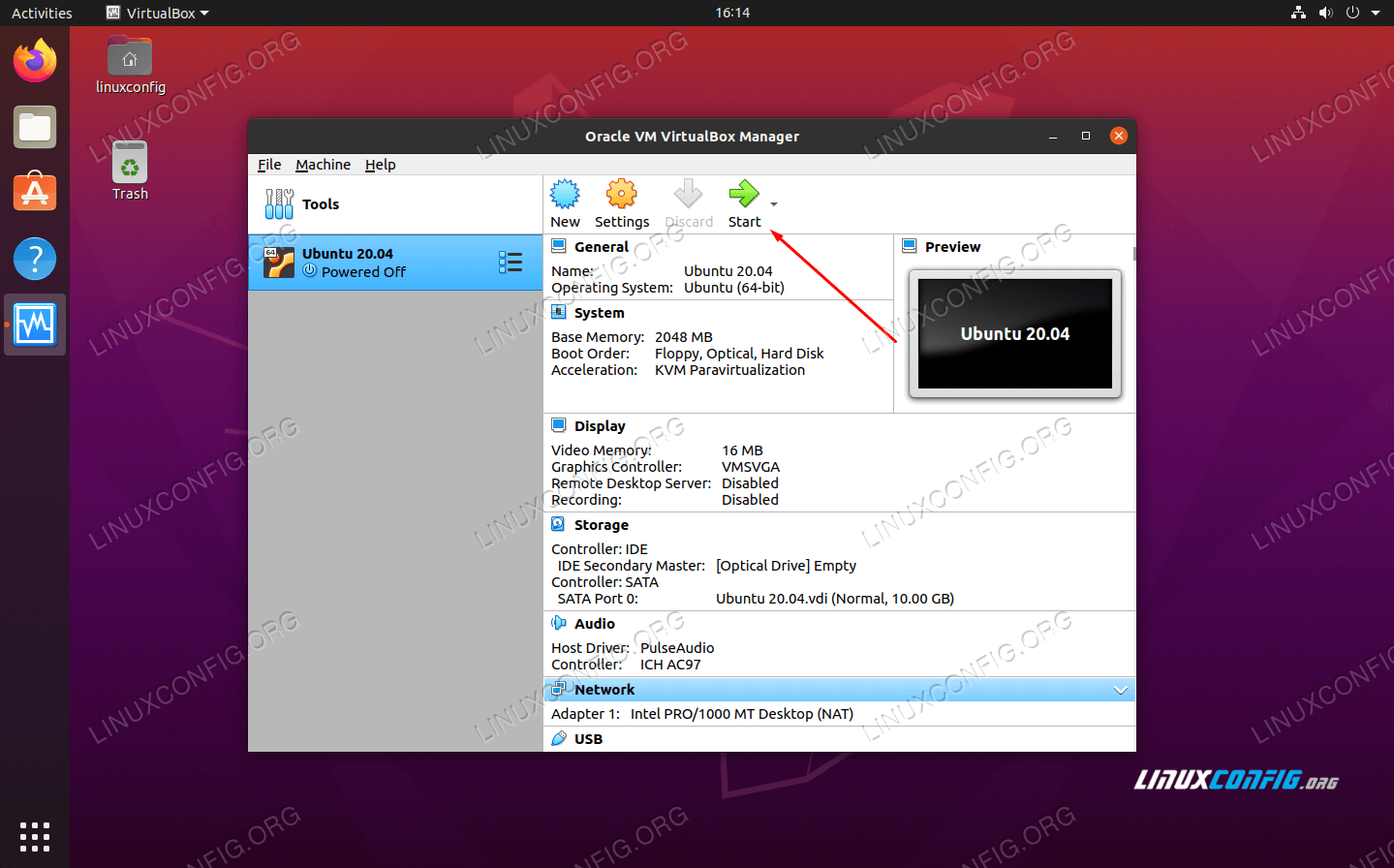

Don’t worry about not having a spare blank disk or flash drive lying around. You can install any Linux OS using this method, but we’ll use Ubuntu for this tutorial since it’s the most popular. How to Install Linux on Windows Using VirtualBox # While you could dual-boot a Linux OS alongside Windows, VirtualBox offers a much cleaner slate if you choose to abandon the Linux OS after a few days. It is a "Security feature that use virtualization-based security".You can use VirtualBox to install a Linux-based OS within Windows 10. Windows Security => Device security => Core isolation details => Memory integrity.Īs soon as I turned this feature off and restarted my PC to let Windows apply the change, the Turtle icon was gone and the "Illegal instruction" error as well.īad thing is, the disabled "Memory integrity" feature is stated to "Prevent attacks from inserting malicious code into high-security processes". I remembered that a while ago I got a recommendation from Windows to turn a security feature on - "Core isolation"/"Memory integrity". Tsc_known_freq pni ssse3 pcid sse4_1 sse4_2 hypervisor lahf_lm invpcid_single pti fsgsbase invpcidīugs : cpu_meltdown spectre_v1 spectre_v2 spec_store_bypass l1tf mds swapgs itlb_multihitĪs an addition to Pato Sandaña's solution, the reason you've got Windows Hyper-V turned on in the first place could be activating a Windows security feature. Output of cat /proc/cpuinfo on the guest machine - avx and avx2 are missing: processor : 0įlags : fpu vme de pse tsc msr pae mce cx8 apic sep mtrr pge mca cmov pat pse36 clflush mmxįxsr sse sse2 ht syscall nx rdtscp lm constant_tsc rep_good nopl xtopology nonstop_tsc cpuid Tsc_adjust bmi1 hle avx2 smep bmi2 erms invpcid rtm mpx rdseed adx smap clflushoptĪddress sizes : 39 bits physical, 48 bits virtual Popcnt aes xsave osxsave avx f16c rdrand hypervisor lahf_lm ida xsaveopt pln pts dtherm fsgsbase Model name : Intel(R) Core(TM) i7-7700 CPU 3.60GHzįlags : fpu vme de pse tsc msr pae mce cx8 apic sep mtrr pge mca cmov pat pse36 clflush dtsĪcpi mmx fxsr sse sse2 ss ht tm pbe pni dtes64 est tm2 ssse3 fma cx16 xtpr pdcm sse4_1 sse4_2 movbe Output of cat /proc/cpuinfo on the host machine using Cygwin - it has avx in avx2. Following advice from existing threads, I ran VBoxManage setextradata "Ubuntu20" VBoxInternal/CPUM/IsaExts/AVX 1 and VBoxManage setextradata "Ubuntu20" VBoxInternal/CPUM/IsaExts/AVX2 1 on the host machine and restarted the guest machine - nothing changed (the guest machine's name is Ubuntu20).On guest machine (Ubuntu 20.04 64bit using VirtualBox 6.1.16, same happens with 18.04), AVX and AVX2 are missing.

My host machine (Windows 10 64bit) has AVX and AVX2 (validated using Cygwin, see more details below).Tensorflow 1.15 crashes on my virtual machine when imported by Python (error message is Illegal instruction (core dumped)), very probably thanks to AVX and AVX2 being disabled on it.


 0 kommentar(er)
0 kommentar(er)
